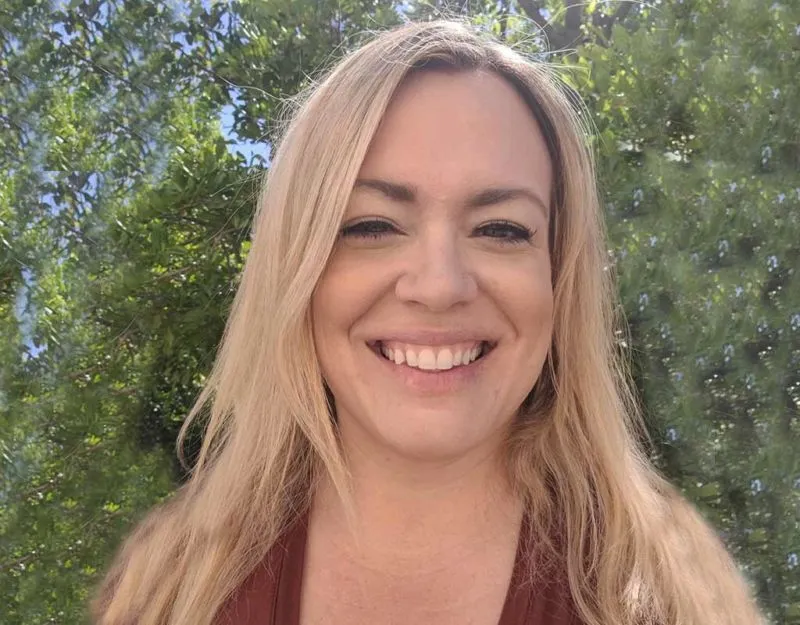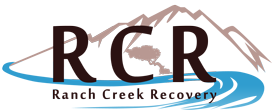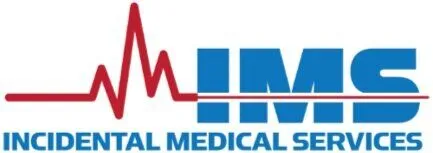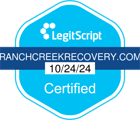Native American Drug Usage Statistics and Treatment Options

Approximately 5.2 million American Indians and Alaska Natives currently live in the United States. Over the past several hundred years, Native Americans have faced many struggles, including dislocation, genocide and various forms of physical, social and mental abuse. These factors have caused high rates of violence, suicide, assault, poverty, as well as Native American drug addiction and alcohol abuse.
Substance abuse has been a concern for American Indians and Alaska Natives for a long time. Compared to the general population, Native American communities have the highest rates of substance use involving alcohol, cocaine, marijuana and hallucinogens and the second highest rates for methamphetamine abuse. Many factors contribute to the substance abuse problems seen among American Indian and Alaska Native populations.
Substance Abuse Among Native Americans
Despite being a small population in the United States, Native Americans experience some of the highest substance abuse rates. According to the National Survey on Drug Use and Health, about 10% of American Indians and Alaska Natives report having a substance use disorder. They’re also more likely to report struggling with drug abuse compared to other populations.
According to the National Institute on Drug Abuse, Native American youth living on or near a reservation report significantly higher use of marijuana, alcohol, cigarettes and illicit drugs. Lifetime drug use is also higher among American Indian youth than other populations for all illicit substances except tranquilizers and amphetamines.
Native communities see high rates of binge drinking and alcohol abuse as well. Native Americans face disproportionately high rates of alcohol-related incarcerations compared to other racial groups. Research shows that 70% to 95% of arrests involve alcohol, such as public drunkenness or committing a crime while under the influence.
Risk Factors for Drug Abuse
Risk factors refer to the elements that can make a person more vulnerable to alcohol and drug use. Increased substance use among American Indian populations can be linked to:
- Historical trauma
- Violence, such as domestic violence, sexual assault and gang violence
- Racism
- Discrimination
- Lack of health insurance
- Family history of drug and alcohol abuse
- High levels of unemployment
- Low levels of education
- Poverty
- Normalization of substance abuse in the community
- Feeling alienated from the larger culture
While risk factors can increase vulnerability to substance use, protective factors can serve as addiction prevention. Examples of these factors include:
- Healthy and secure relationships with family
- Higher levels of school or work engagement
- Access to good health insurance options
- Parental disapproval of substance use
- Participation in hobbies or activities
American Indians tend to experience high exposure to risk factors, resulting in higher rates of substance use disorders.
Disparities in Health and Treatment
Native Americans are also at an increased risk for health issues such as:
- Mental illness and suicide
- Liver disease
- Obesity
- Unintentional injuries
- Heart disease
- Diabetes
- Cancer
- Stroke
- Sudden infant death syndrome (SIDS)
- Hepatitis
- Tuberculosis
Several of these health issues can worsen substance use among Native American populations. High rates of serious Indian health issues can also contribute to lower life expectancy and poorer health overall. According to the Indian Health Service, Native Americans, on average, have a life expectancy of 5.5 years less than other populations. Other factors that may affect health disparity between Native Americans and the American population include:
- Poverty
- Health care discrimination
- Inadequate education
- Cultural differences
Discrimination from health care providers may affect the level of substance abuse and mental health care Native American populations receive. Living in poverty can also make it more difficult for individuals to access crucial support services such as behavioral health or suicide prevention information.
A lack of understanding regarding Native American culture may decrease the effectiveness of substance abuse treatment. The Substance Abuse and Mental Health Services Administration (SAMHSA) describes culturally competent treatment as showing respect and responding to the cultural, linguistic and other environmental and social needs of each individual. Cultural competence can lead to fewer mental health care disparities.
Meeting the Treatment Needs of Native Americans
According to SAMHSA, about 17.5% of Native Americans report needing treatment for alcohol consumption or illicit drug use compared to 9.3% of other populations. Unfortunately, many Native Americans have limited access to substance abuse treatment due to lack of insurance, poverty, transportation issues and a shortage of culturally sensitive treatment programs.
A culturally competent treatment process can promote abstinence and recovery within American Indian populations by understanding their unique needs and challenges. Loss of cultural identity has contributed to an increase in substance abuse and a decline in treatment outcomes. Here are a few methods that can lead to a more successful recovery for Native Americans:
- Integrating traditional spiritual activities and tribal culture into the treatment process
- Understanding cultural differences in how patients view mental health care and illness
- Engaging family and tribal members in the addiction treatment process
- Recognizing the impact of historical trauma on patients’ mental health and incorporating trauma treatment into substance use programs for Native American populations
- Providing social services that increase access to treatment, such as child care and transportation
- Helping patients work through conflicting cultural expectations
- Ensuring confidentiality, since mistrust may be an issue among American Indians
Throughout the United States, there are 573 federally recognized American Indian and Alaska Native tribes, all with different languages, customs and cultures. Incorporating elements into the treatment process that align with these cultural identity factors, such as drum circles, powwows and sweat lodges, can lead to more effective treatment.

Helpful Resources for Accessing Treatment
Many resources are available to make treatment more accessible to American Indians. Lack of access to health insurance is one of the biggest components preventing Native Americans from seeking treatment. The Affordable Care Act addresses disparities among Native Americans by increasing access to affordable health coverage and investing in prevention and wellness.
The Office of Tribal Affairs under SAMHSA provides numerous resources on substance abuse, mental health and national survey results designed for Native Americans. Additionally, White Bison, a grassroots nonprofit organization based in Colorado, offers resources on addiction prevention, recovery, sobriety and wellness for Native Americans nationwide.
Seek Substance Abuse and Mental Health Treatment
It’s imperative for Native Americans to have access to treatment programs that understand their culture and unique challenges with substance abuse and mental health. If you or a loved one is struggling with addiction, Ranch Creek Recovery is here to help. Our rehab center in Murrieta, California, offers many options for addiction and mental health treatment.
Contact us today by calling (877) 997-8931 to speak with a trained professional and take the first steps toward sobriety.

Have Questions? We're here to help.
(877) 997-8931







